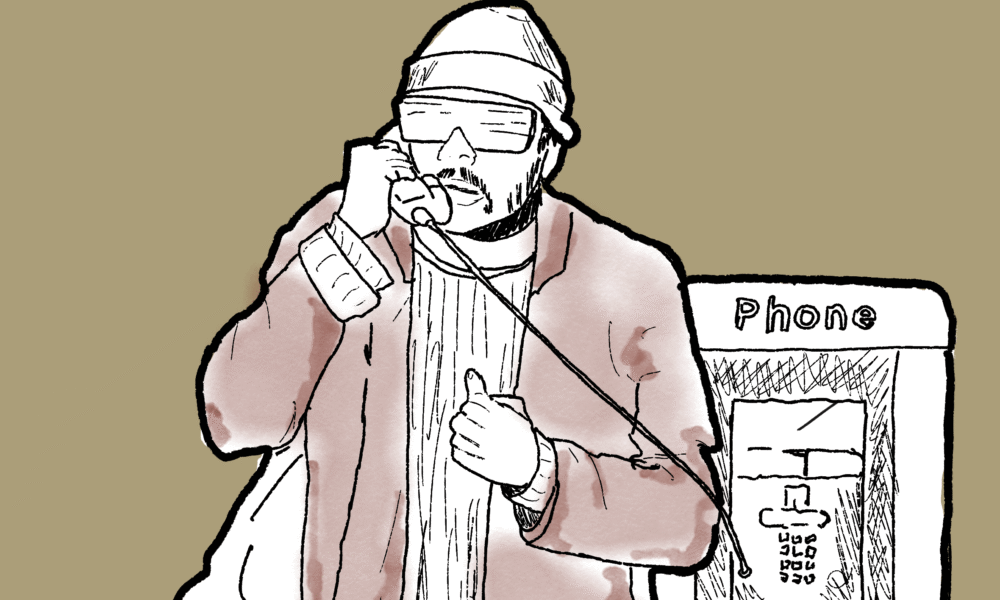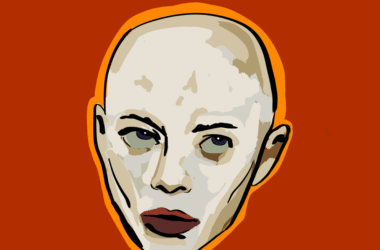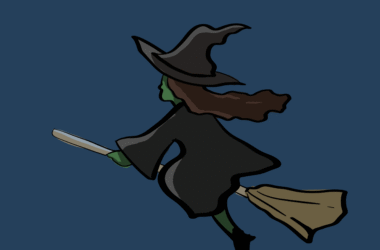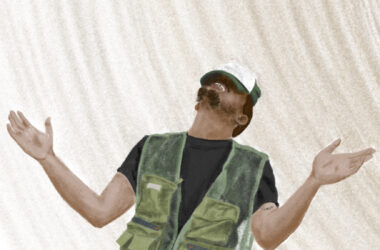Holding on tightly to its place at the top of the box office since its release on Sept. 26, Paul Thomas Anderson’s new action thriller One Battle After Another continues to captivate and delight viewers. With it, Anderson maintains his standing as one of cinema’s best and brightest filmmakers. Inspired by Thomas Pynchon’s 1990 novel Vineland, he transforms the story through wide shots of winding midwestern roads, action-packed scenes, and a haunting score composed by Radiohead guitarist Jonny Greenwood. It features career-topping performances from Leonardo DiCaprio and Benicio del Toro, and breakout performances by Teyana Taylor and newcomer Chase Infiniti.
One Battle After Another entraps the viewer right from the start. It opens with the rescue mission of detained immigrants conducted by the far-left revolutionary group, the French 75, whose members include ‘Ghetto’ Pat Calhoun (DiCaprio) and Perfidia Beverly Hills (Taylor). After an encounter with commanding officer Steven J. Lockjaw, (Sean Penn), whose performance is as wickedly haunting as Hans Landa’s (Christopher Waltz) in Inglorious Basterds, Perfidia and Pat’s daughter is born. Perfidia then enters witness protection, leaving her family behind. Forced into hiding, Pat and his newborn daughter—now assuming the identity of Bob and Willa Ferguson—abandon their revolutionary ways in favour of a simple life in exile.
16 years later, Lockjaw resurfaces to hunt Willa down. To protect herself, she runs away, forcing Bob to rejoin the revolution. Anderson depicts the struggles of a father and retired revolutionary with both humour and purpose, as he switches between Bob’s failed attempts to rescue his daughter and Willa’s determination to carry on the fight her parents abandoned to save her life.
By shooting in VistaVision—a high-resolution widescreen process created in the 1950s—Anderson gives his film a timeless feel, while designing the most enjoyable viewing experience for the big screen. He masterfully captures his characters’ undying determination to make the world a better place, and to escape those who threaten to end these aspirations for their own gain.
One Battle After Another does not shy away from topics such as postpartum depression, intergenerational trauma, and the never-ending need for resistance, depicted through the father-daughter relationship of Bob and Willa, who both love and despise each other, as parents and adolescents often do.
With a run-time of 162 minutes, the film succeeds in retaining its viewers’ attention, never losing focus on the desire of Bob and Willa to reunite. Penn’s physical acting encapsulates the haunting absurdity of Lockjaw, who is portrayed as both a frightening antagonist and an irrational, law-bending, manic character. His caricatured walk, flexing of muscles, and growling mouth make for a character that is both sinister and ridiculous. Anderson is unafraid to denounce the cognitive dissonance that arises when faced with an authority that works, not for the good of the people, but for its own selfish desires.
Strong acting, meticulous cinematography, warm colour grading, and the exploration of family, resistance, and revolution make One Battle After Another a movie that leaves no one indifferent. Anderson is at his best, as he reminds viewers that movies are meant to be digested and reflected on rather than consumed rapidly and in greater numbers. One Battle After Another will make you gasp, dance, scream, hope, and most importantly, think.







